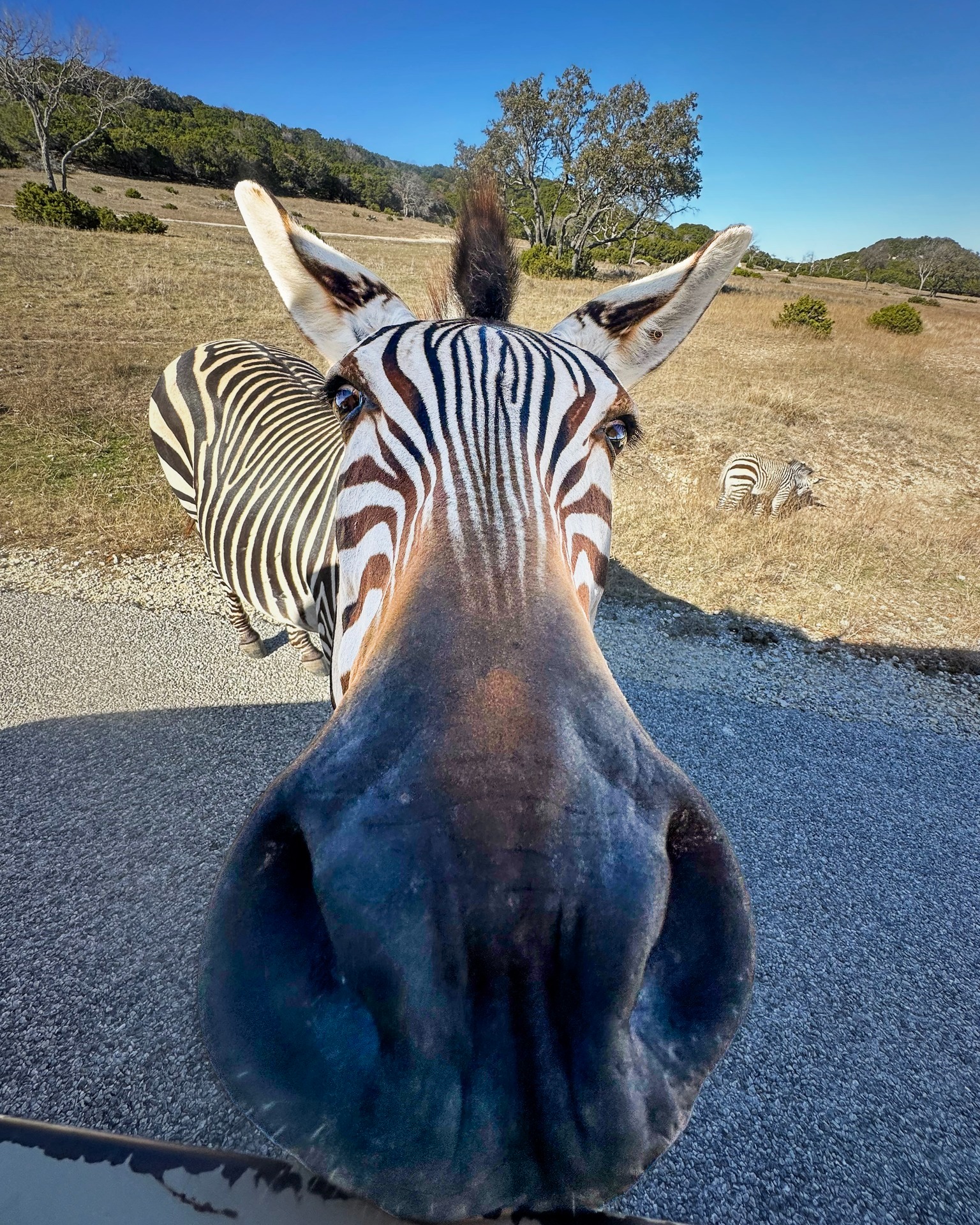- Understanding the Hartmann’s Mountain Zebra: Physical Characteristics and Behavior
- The Role of "Puppy Dog Eyes" in Animal Behavior
- Interactions with Tourists and Safety Measures
- Conservation Efforts for the Hartmann’s Mountain Zebra
- Educational and Ecotourism Opportunities Related to Zebra Conservation
The Hartmann’s Mountain Zebra is a remarkable example of wildlife adapted to the rugged terrains of southwest Africa. Standing at 4 to 5 feet tall, this zebra is smaller than some of its relatives but exhibits unique characteristics that distinguish it within the animal kingdom. Its physical traits are purpose-built for survival, including strong, elongated incisors which serve dual purposes in foraging and defense. The zebra’s striking black and white striped coat is not just an aesthetic feature but serves as a form of camouflage in the dappled light of their natural habitats.
Additionally, the concept of "puppy dog eyes" offers fascinating insights into animal behavior, particularly in how animals may use certain facial expressions to elicit responses from humans or other animals. While the term often describes a canine expression, it can be applied metaphorically to animals like the Hartmann’s Mountain Zebra, which might seem endearing with their wide-eyed gaze. However, these expressions should not be mistaken for an invitation for direct interaction. Instead, they serve as a reminder that these creatures are wild and should be observed and respected from a safe distance.
Tour participants often find themselves captivated by these zebras’ approachability, with tour guides like Rylie playing a crucial role in educating visitors about safe interactions. Visitors are advised against feeding directly and should instead throw the pellets on the ground, minimizing risks associated with the feeding process. The incisors of a Hartmann’s Mountain Zebra, while designed for grazing on coarse grasses, can inflict unintentional harm if proper safety practices aren’t followed.
Conservation efforts for the Hartmann’s Mountain Zebra focus on protecting its limited range, which includes Namibia and parts of Angola. These regions are characterized by harsh landscapes that are becoming increasingly fragmented by human activities. Protective measures like anti-poaching patrols and habitat management schemes aim to secure the future of these zebras. The importance of such conservation work is underscored by their classification as a vulnerable species, due in part to habitat fragmentation and competition with livestock.
The realms of education and ecotourism play integral roles in raising awareness about the importance of zebra conservation. Educational programs can be implemented in local communities and international contexts to foster a deeper understanding of zebras’ ecological roles. Guided tours, led by knowledgeable guides like Rylie, offer immersive experiences that connect people with wildlife in a manner that fosters respect and stewardship. Engaging local communities and tourists in conservation efforts not only helps sustain the Hartmann’s Mountain Zebra but also enriches the human experience, cultivating advocates for wildlife protection.
In promoting both conservation and respectful interaction, the story of "Someone told me I should try puppy dog eyes, am I doing it right?" becomes a vehicle for a larger narrative on how humans engage with animals. This engagement encompasses stewardship, respect, and education—pillars essential for the survival and appreciation of species like the Hartmann’s Mountain Zebra.
*****
Source Description
“Someone told me I should try puppy dog eyes, am I doing it right?” -🦓
The Hartmann’s Mountain Zebra is one of the smaller zebra species, standing at 4 to 5 feet tall. It is still tall enough to reach up into the tour trucks, so don’t be fooled by those eyes. They have strong, elongated incisors (front teeth) for grazing and defense. It’s better to throw the pellets on the ground than risk a finger or two.
📷 Thank you to our guide Rylie for sharing her photo!


